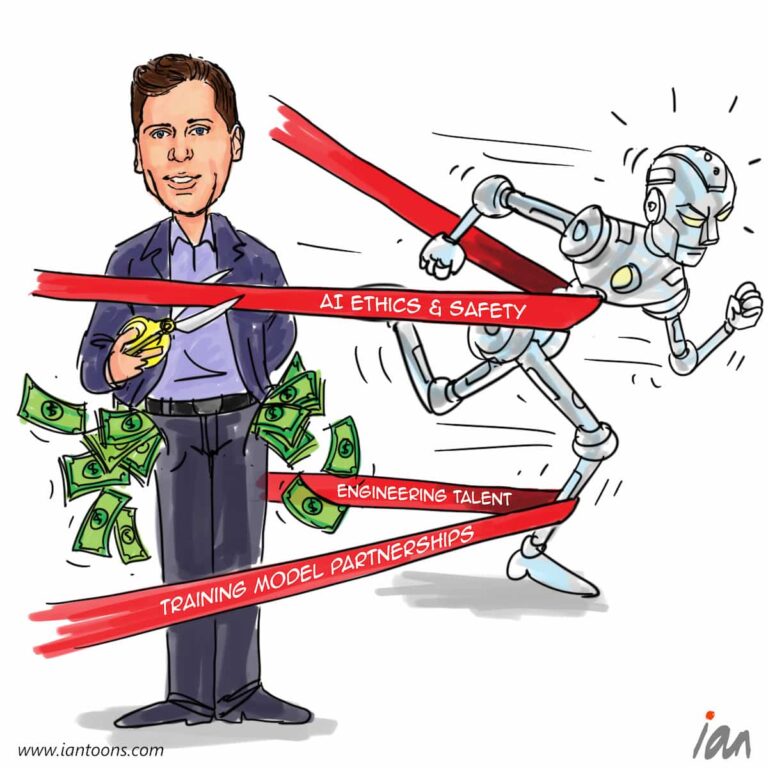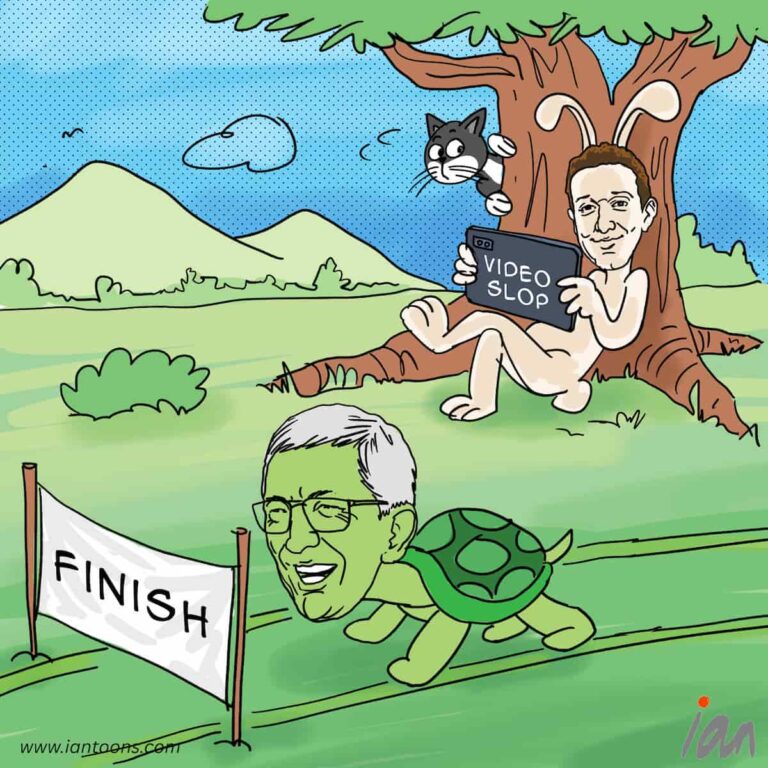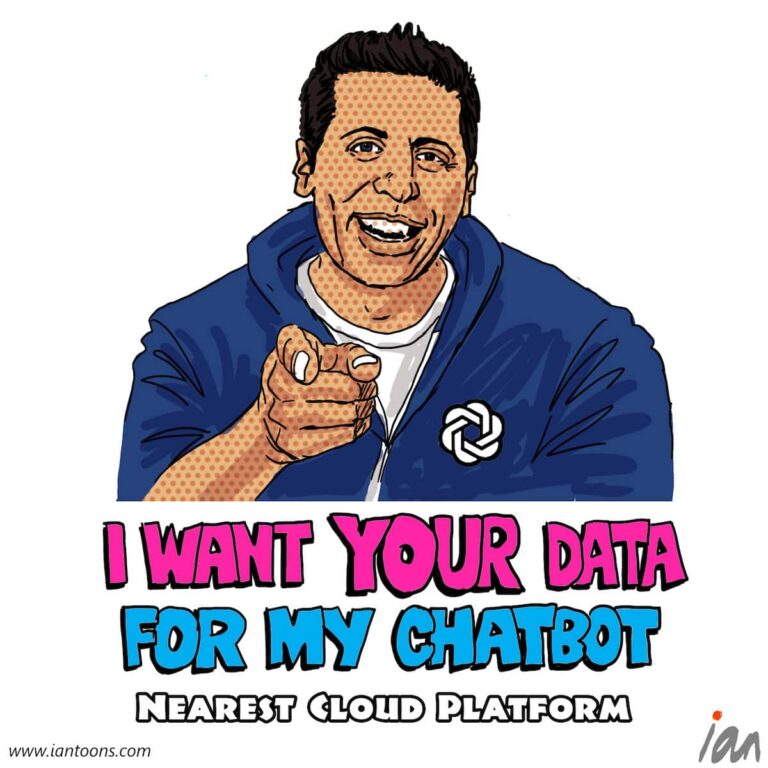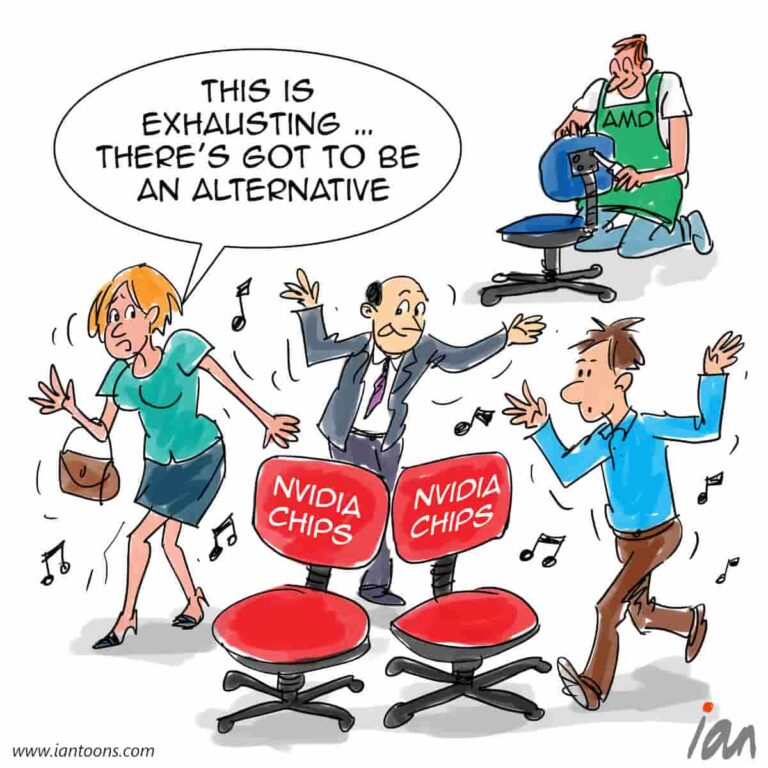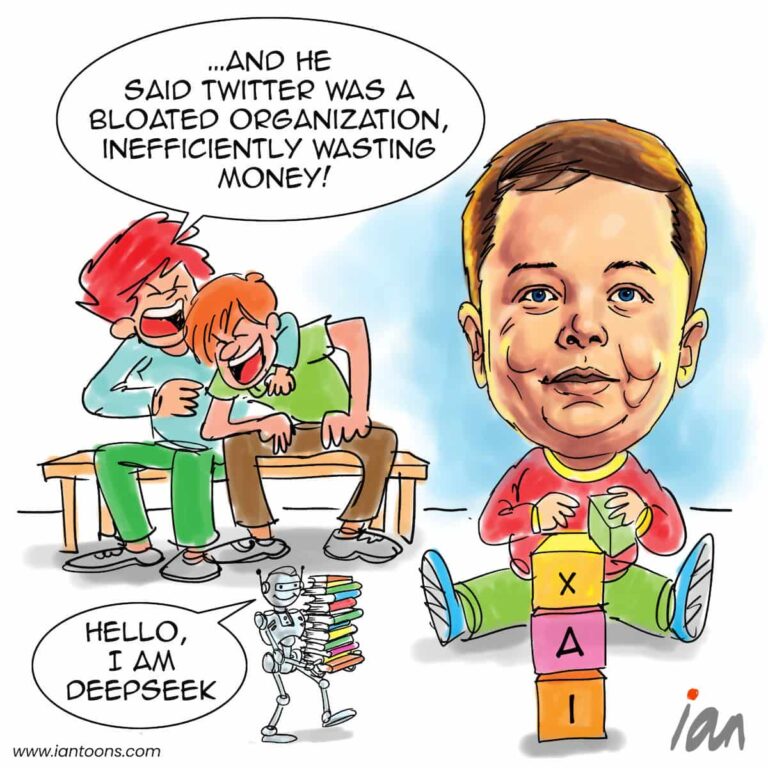Fake News
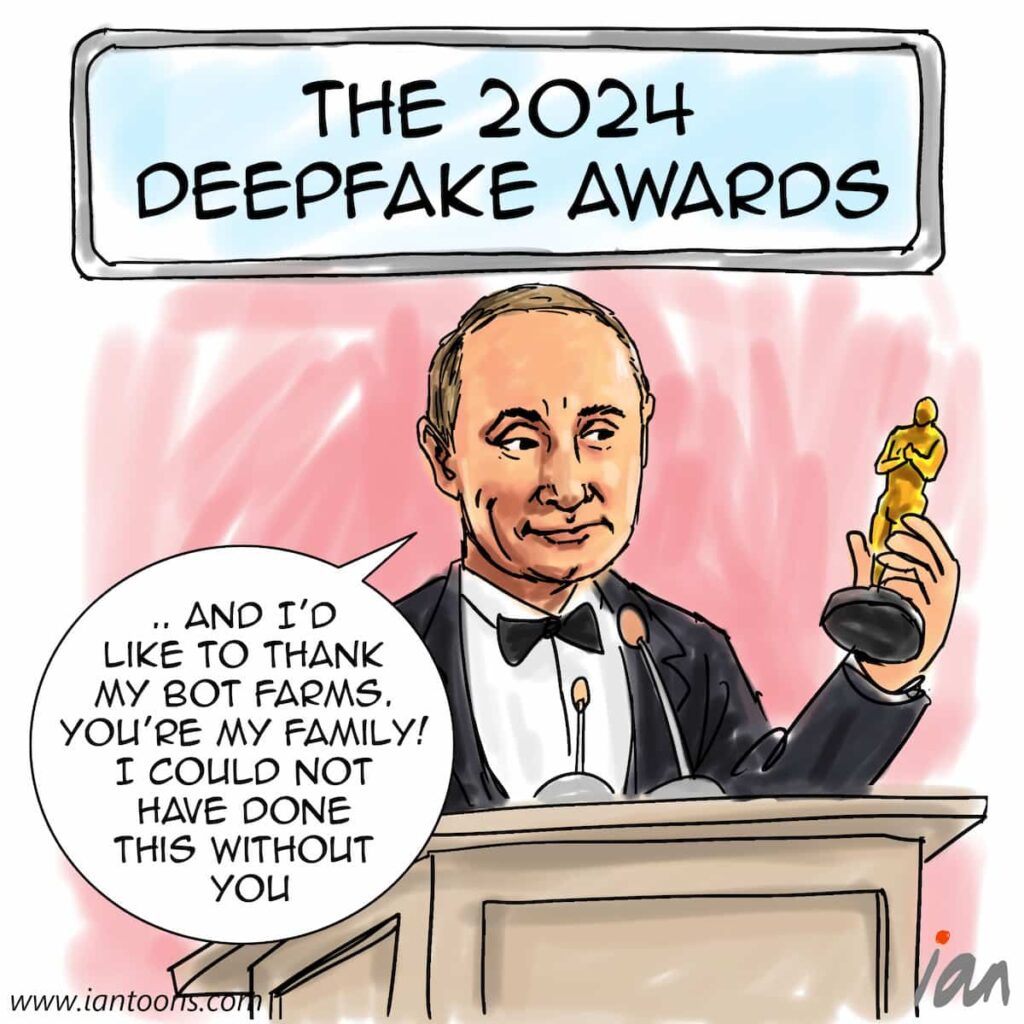
“Fake News” – a cartoon that illustrates how deep fakes remain a persistent problem.
The most effective deep fakes are AI-generated videos or images of well-known individuals to the viewer (e.g. celebrities or work colleagues).
The 2024 American election saw numerous deep fakes, such as the one imitating Kamala Harris, which was given credence by Elon Musk retweeting it. Despite this uptick in politics-related deep fakes, 74% of all celebrity deepfake scams in 2024 targeted the finance industry.
For instance, deepfakes of the likes of Mark Zuckerberg touting meme coins or the Hong Kong office of a multinational company that lost US$25M to a deepfake video conference call impersonating its chief financial officer.
Governments and businesses are trying to mitigate this, for example has China removed a number of portrait generating AI apps, California tried to introduce legislation to block political deepfakes and there are companies building deep fake detection.
On a cross-industry initiative there is the Content Authenticity Alliance (CAI), which is made up of 3,000 media (e.g. Washington Post, BBC) and tech companies (e.g. Microsoft, Adobe), NGOs, academics, and others.
In the meantime, Dana Rao, general counsel and chief trust officer at Adobe, says we can all look out for some of the indications of AI image manipulation. “Shadows are typically wrong. A lot of A.I. gets the number of fingers on a hand wrong. You can see some blurring on background images, and the faces are not quite there yet, in terms of being photorealistic,” Rao says.
12
2
2
Sources:
Kenneth Niemeyer (Jun 1, 2024) – How scammers use deepfakes of celebs to steal millions from fans – Business Insider
Huileng Tan (Feb 5, 2024) – A company lost $25 million after an employee was tricked by deepfakes of his coworkers on a video call: police – Business Insider



